Raster Tools¶
Here are the Tools available when using Raster Layers:
Tool |
Description |
|---|---|
Drawing tool that uses Odyssey Brushes to draw strokes on the canvas. |
|
Smooth eraser with its own size. |
|
To select areas on the canvas. |
|
Tool to select an area then transform it. |
|
To add shapes, to be filled or not. |
|
Paint Bucket to fill in shapes drawn on the canvas. |
|
To pick up a color from the canvas. |
Drawing Tool¶
Its shortcut is B. Using the Penbrush will display all the following options in the panel Tool Options:
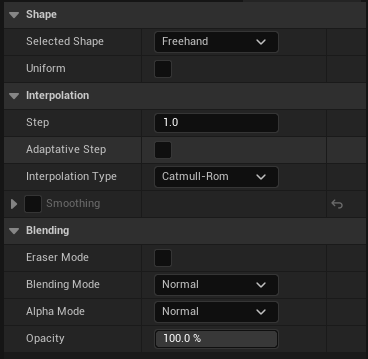
Shape¶
Selected Shape¶
The Dropdown menu will allow you to select a drawing shape: frehand, line, rectangle, polygon, ellipse and bezier. The shape is then associated with the chosen Odyssey Brush.
Uniform¶
Note
The option is missing in Odyssey 2, but the shortcut Shift to toggle it is still working.
The option Uniform will be used with the follwing shapes:
Line: to draw lines at 0° or 90° degrees.
Rectangle: to draw squares.
Polygon: to draw polygon shapes with lines at 0° or 90°.
Ellipse: to draw circles.
Note
With the shape polygon, use Enter to confirm the shape. You can also use Shift to toggle the Uniform boolean on and off.
Interpolation¶
Step¶
Brushes are made of stamps and a stroke is a continuous line of stamps. Step is the distance between two stamps.(Example below shows various steps : 25, 15, 0)
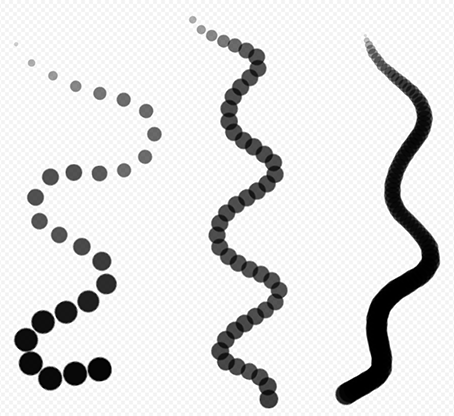
Adaptative Step¶
Size Adaptative Unticked
If the option is unchecked, step will keep the same value in pixels.
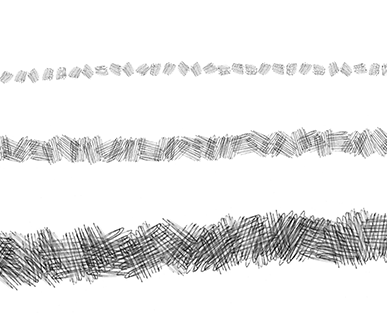
(Step : 30 | Size : 50px - 100px - 200px)
Size Adaptative Ticked
If the option is checked, the Step value will be in %. Your brush step will be calculated that way: Brush Size * Step %. So, if your Brush is 50 pixels and your Step is 10%, the gap between two stamps will be of 5 pixels.
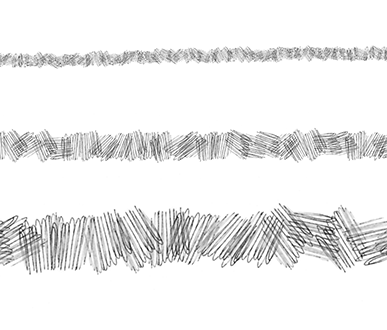
(Step : 30 | Size : 50px - 100px - 200px)
Interpolation Type¶
Calculate the best way to display a stroke, based on information sent by your mouse / graphic tablet.
Smoothing¶
Method: “Average” will calculate the average of your steps to smooth the line. “Pull” will make your edges sharper.
Strength: The higher, the stronger the Method used.
Smooth Method Average:
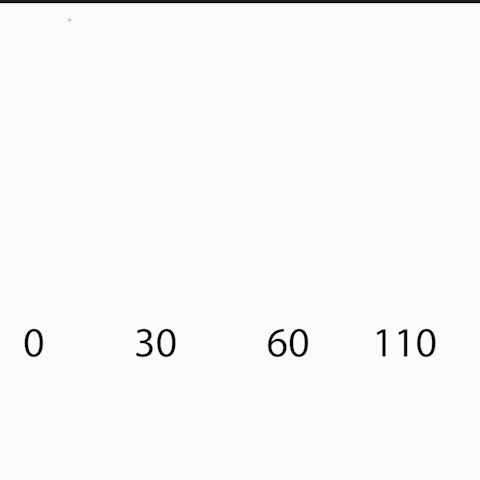
Smooth Method Pull:
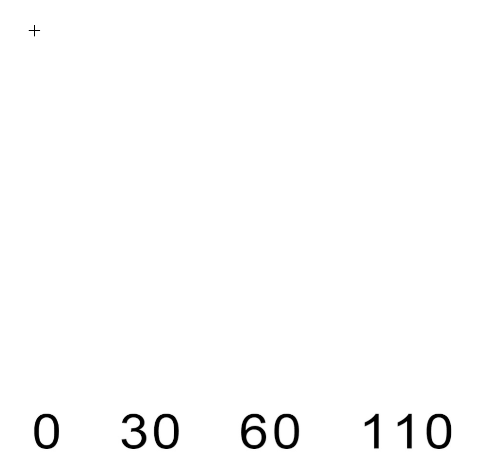
Real time: It will smooth the stroke in real-time if enabled. If disabled, the smooth is applied when you drop your stylus.
Catch up: It will catch up the cursor as long as stylus / mouse left button is down.

Blending¶
Eraser Mode¶
This boolean toggles an eraser mode: it keeps all of the specifications of your current used brush and apply it as an eraser. This mode is really useful when you paint with specific brushes and want to erase with the very aspect of the brush. The eraser can also be found in the Top Bar, with this icon:
Icon |
Description |
|---|---|

|
Erase mode off |

|
Erase mode on |
Blending Mode¶
This mode is used to blend pixels on the canvas with pixels applied with your Odyssey Brush.
Example |
Blending Mode |
|---|---|
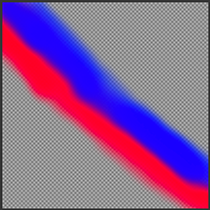
|
Normal Blend Mode |
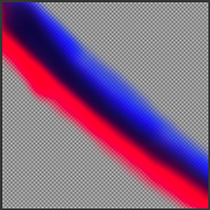
|
Multiply Blend Mode |
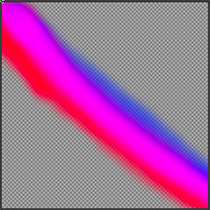
|
Add Blend Mode |
Alpha Mode¶
This mode affects the Alpha channel of your brush (which means the opacity / transparency of the stamp used in your brush) and gives it a specific property.
Example |
Alpha Mode |
|---|---|
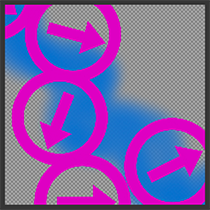
|
Normal Alpha Mode |
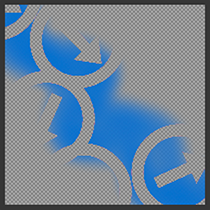
|
Erase Alpha Mode |

|
Back Alpha Mode |
Opacity¶
Opacity is the global transparency limit within the same stroke. Its value is a % (from 1 to 100). With a low Opacity, if you paint at the same place with the exact same stroke, the line will not be more opaque.
Opacity 25%:
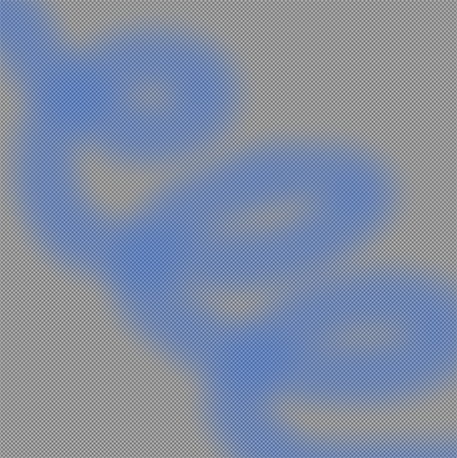
Opacity shall not be confused with Flow, which is another option available in the Top Bar. With a low Flow (whose the value also is a % between 1 and 100), a same stroke paint at the same place will get more and more opaque.
Flow 25%:
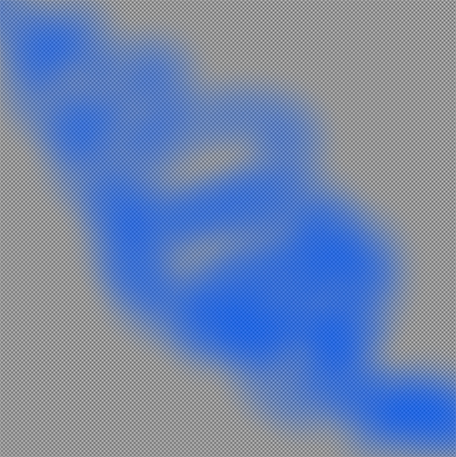
If Opacity does not need to be connected to your stamp, this is not the case of Flow. Make sure the nodes “Get Flow” is connected to your stamp (see the Odyssey Brush section).
Eraser¶
Its shortcut is E. Allows you to erase a stroke with a smooth eraser.
The options are the same as Drawing Tool.
Selection Tool¶
This tool is used to select a part from a drawing or give a limit when painting.
You can combine the selected area with:
Ctrl+C to copy the selected area
Ctrl+V to paste the copied selection into a new Raster Layer
Ctrl+D to deselect the area
Selected Shape¶
Just like in Drawing Tool, you can change the Shape of the Selection tool.
Uniform¶
Note
The option is missing in Odyssey 2, but the shortcut Shift to toggle it is still working.
The option Uniform will be used with the follwing shapes:
Line: to draw lines at 0° or 90° degrees.
Rectangle: to draw squares.
Polygon: to draw polygon shapes with lines at 0° or 90°.
Ellipse: to draw circles.
Note
With the shape polygon, use Enter to confirm the shape. You can also use Shift to toggle the Uniform boolean on and off.
Transform Tool¶
Its shortcut is Ctrl+T
This tool is made to transform an area selected beforehand by the Selection Tool. Click within the Transform HUD to pan the selected area. Use the different corner handle to resize the selected area. Click outside of the Transform HUD to rotate the selected area. The pivot point can be moved by clicking on it.
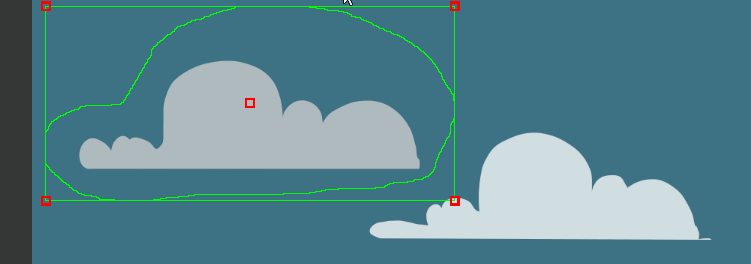
This Tool only has 2 options:

Perspective: when enabled, the corner handles will allow you to modify the perspective or the selected area
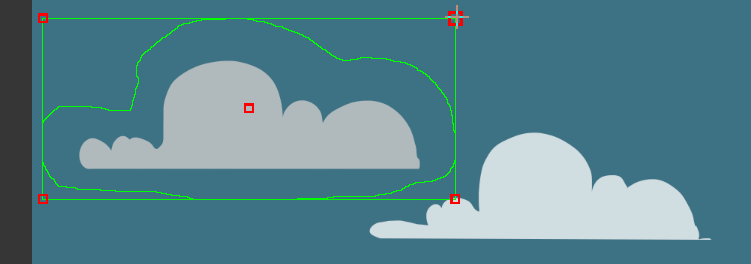
Uniform: will force the corner handle to rescale uniformly the selected area. Note that this will not work if Perspective is enabled too.
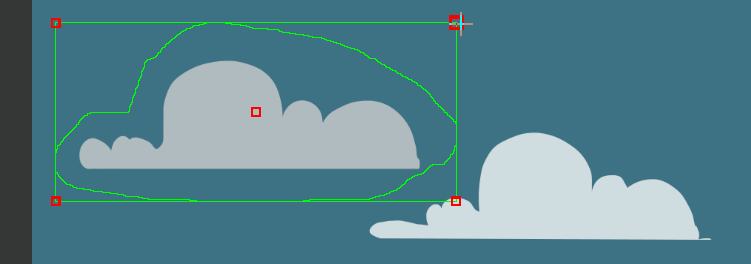
Primitive Drawing Tool¶
Its shortcut is U This tool is used to paint shapes, that can be filled or not.
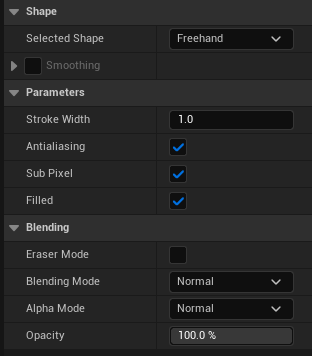
Shape¶
Selected Shape
In the dropdown menu, choose between freehand, line, rectangle, polygon, ellipse and bezier.
Uniform
Note
The option is missing in Odyssey 2, but the shortcut Shift to toggle it is still working.
The option Uniform will be used with the follwing shapes:
Line: to draw lines at 0° or 90° degrees.
Rectangle: to draw squares.
Polygon: to draw polygon shapes with lines at 0° or 90°.
Ellipse: to draw circles.
Note
With the shape polygon, use Enter to confirm the shape. You can also use Shift to toggle the Uniform boolean on and off.
Parameter¶
Stroke Width: choose the thickness of the stroke (works only if the option “Filled” in unchecked).
Antialiasing: add antialiasing to the shape.
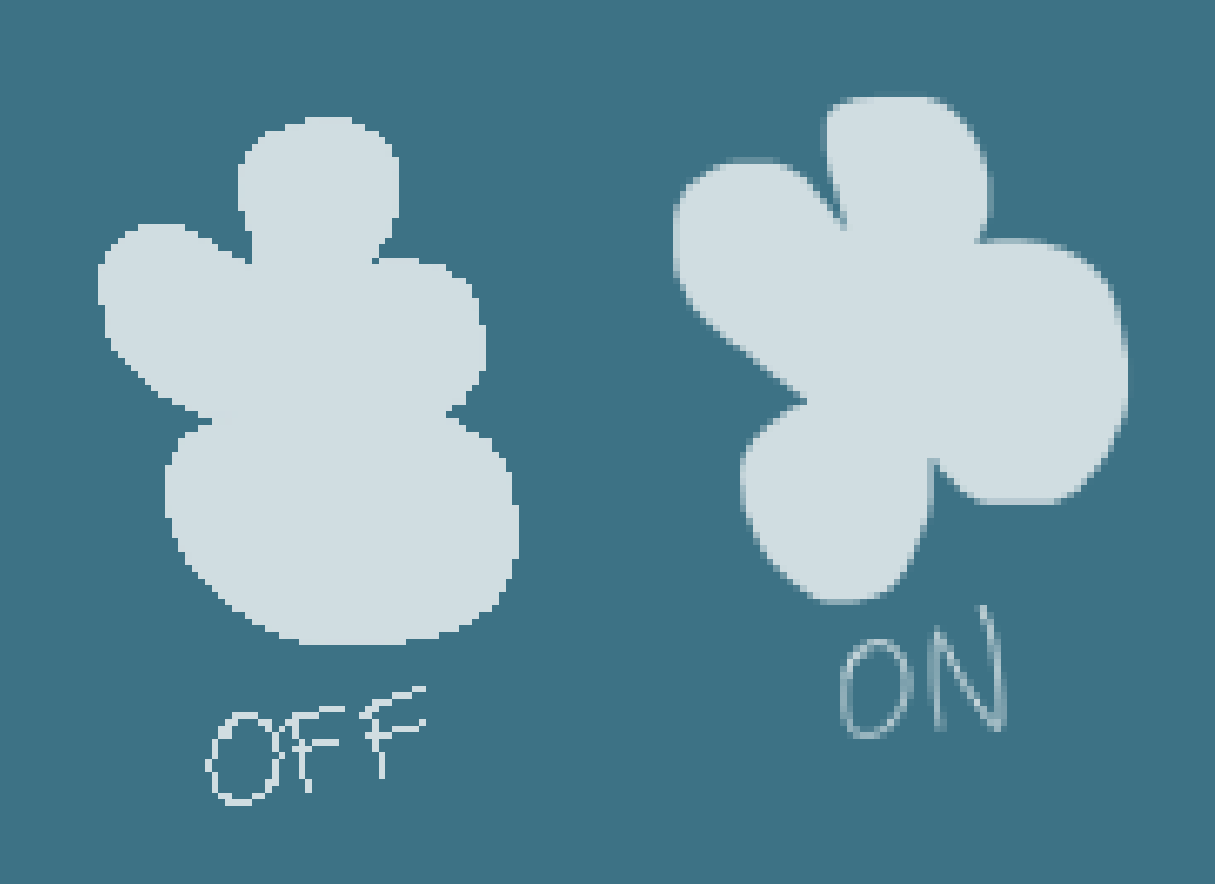
Subpixel: take in consideration the resolution of the tablet for a better result.
Filled: fill the shape with a color chosen in the a Color Modifier Panel.
Blending¶
Works exactly like the Penbrush Tool’s Blending options.
Paint Bucket Tool¶
Its shortcut is G This tool will apply a color chosen in Color Wheel or Color Selector, within a shape (or the whole layer if it’s empty). If the Alpha channel of the layer is locked, the Raster Paint Bucket Tool will be sensitive.

Source¶
In this dropdown menu, you can select between:
Current Layer: Fill only depending on the content of the current Layer.
Foreground Layer: Fill only depending on the content of the Layers above the current one.
Backgroud Layer: Fill only depending on the content of the Layer under the current one.
All Layers: Fill taking in account everything visible on the canvas.
In the example below, the current layer is the one with the freehand shape. The foreground Layer contains a rectangle. The background Layer contains an ellipse.
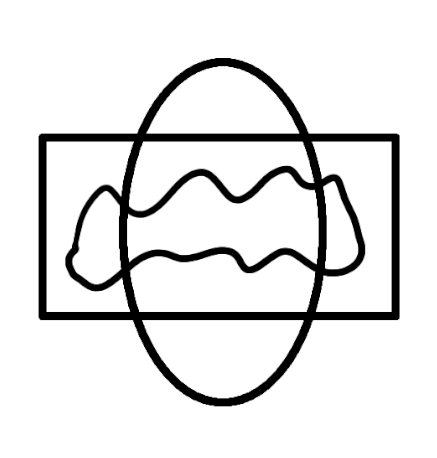
Example |
Source |
|---|---|

|
Current Layer |
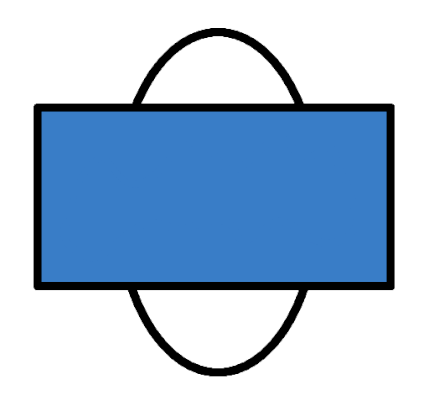
|
Foreground Layers |
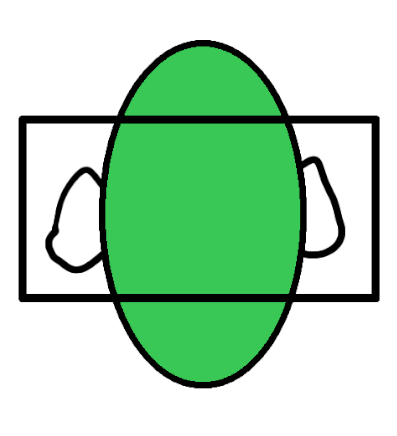
|
Background Layers |

|
All Layers |
Tolerance¶
Color Tolerance Source¶
This setting allow you to select the type of tolerance to be used as a limit for the Paint Bucket.
Color: tolerance is only based on the colors detected from the Layers used as source.
Transparency: tolerance is only based on the nuances of opacity detected from the Layers used as source.
Color and Transparency: tolerance is based on the colors and nuances of opacity detected from the Layers used as source.
Luminosity: tolerance is based on the luminosity (how close the color is to white) detected from the Layers used as a source.
Color Tolerance¶
Color Tolerance is used to tolerate more or less subtle levels of opacity, color or luminosity (depending on what you chose inthe Color Tolerance Source), from Layers used as source. In the table below, you will see 3 circles made of different opacities, using the Transparency mode. Changing the Color Tolerance value will expand the filling.
Example |
Tolerance value |
|---|---|

|
0 |
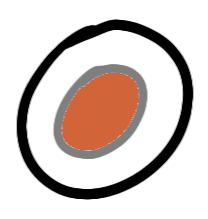
|
50 |
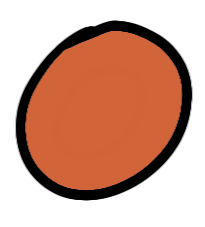
|
150 |
If the Color Tolerance equals 255, it will fill the entire layer.
Since the Bucket Fill Tool is Alpha sensitive, make sure the right options are activated.
Example |
Tolerance value |
Alpha Lock |
|---|---|---|
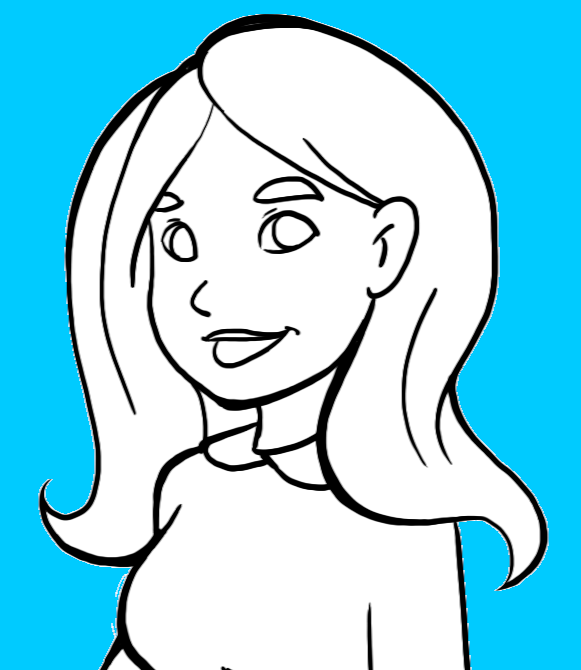
|
0 |
Off |
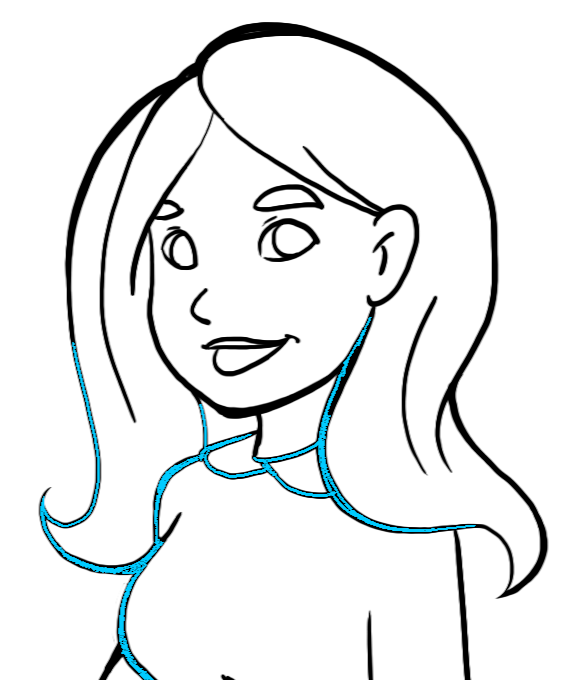
|
0 |
On |
|
255 |
Off |
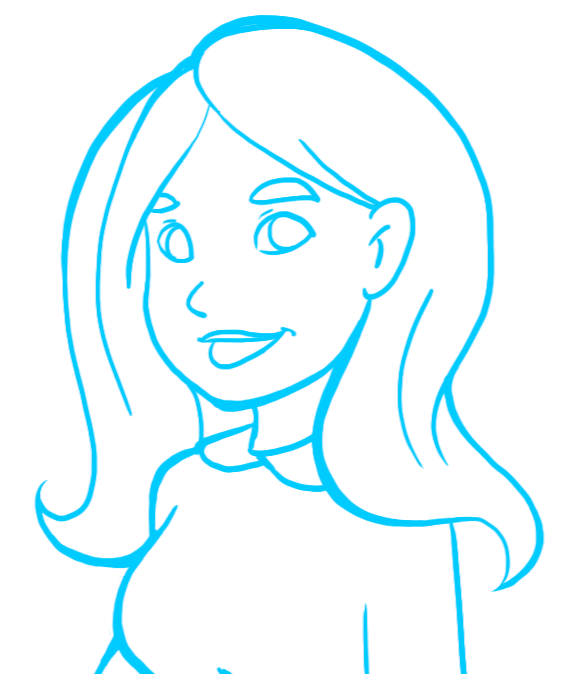
|
255 |
On |
Expansion¶
Expands the flood fill beyond the limits defined with the tolerance settings.
Example |
Expansion value (pixels) |
|---|---|
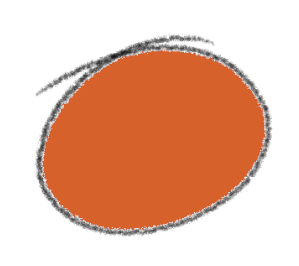
|
0 |
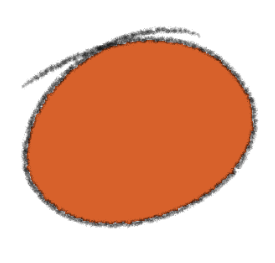
|
3 |

|
15 |
Gap Tolerance¶
Ignore gaps in the shape. In the example below, the shape is filled is applied at the top-left corner.
Example |
Gap value (pixels) |
|---|---|
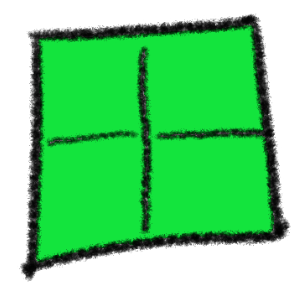
|
0 |
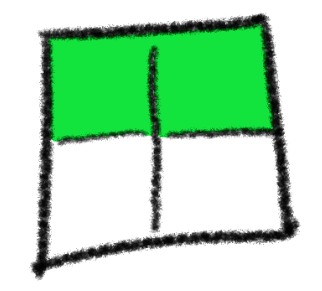
|
2 |
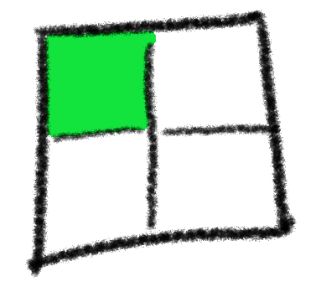
|
5 |
Include Colors¶
This features is requested especially in the Japanese animation industry. It allow the artist to include the color of a line when using the Paint Bucket tool. To work, it requires aliased lined and a list of solid colours.
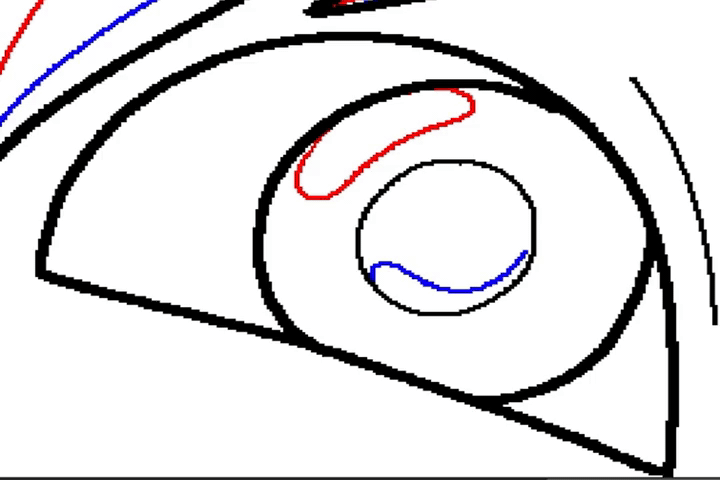
Click on the + to add a colour:

Then click on the colour to configure it:

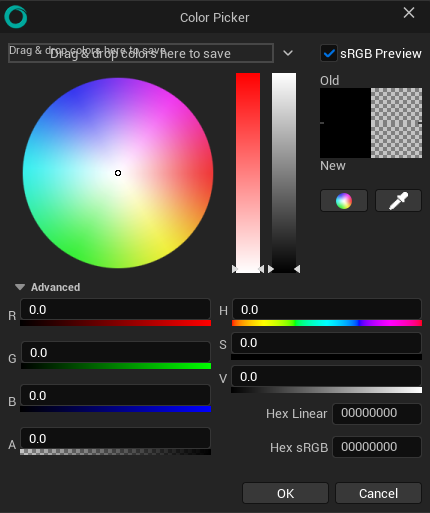
Note
Be careful if you use the color picket from that panel, as you may have errors because of the conversion between linear color and sRGB.
Blending¶
Works exactly like the Penbrush Tool’s Blending options.
Color Picker Tool (Eye Dropper)¶
This tool can be used to pick a color from the canvas. It also works in a 3D context, on the current Texture or Animation only.
Note
If you have the focus on the canvas / viewport, hold I to toggle temporarily the color picker. If the canvas / viewport is not focus, this will not work.